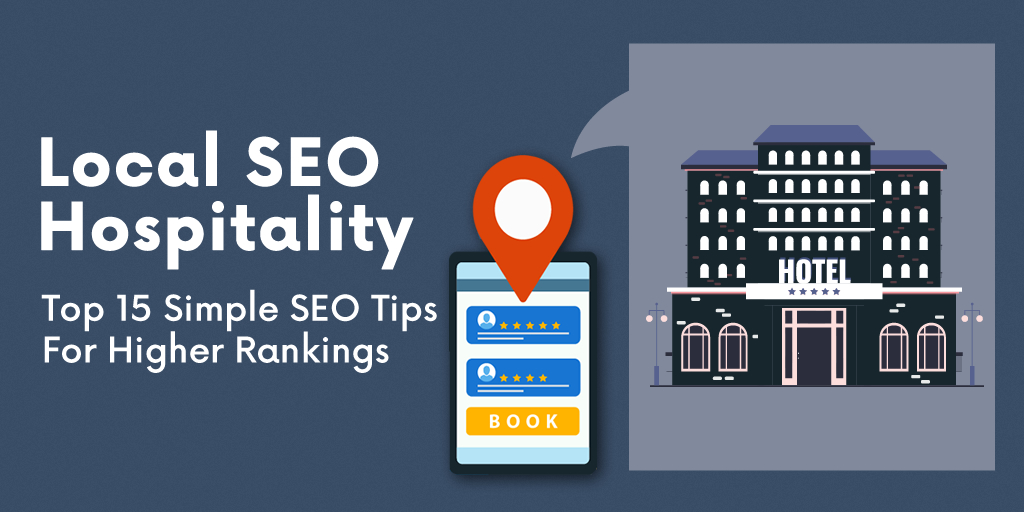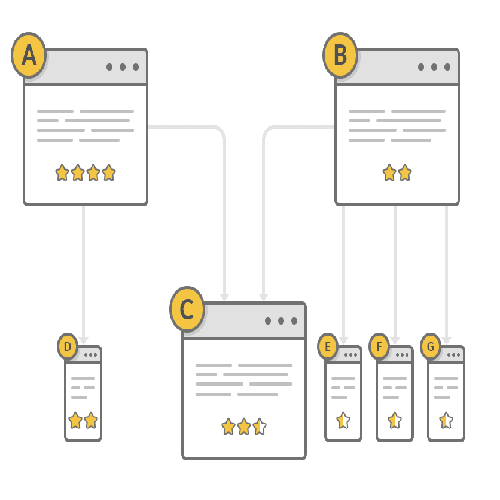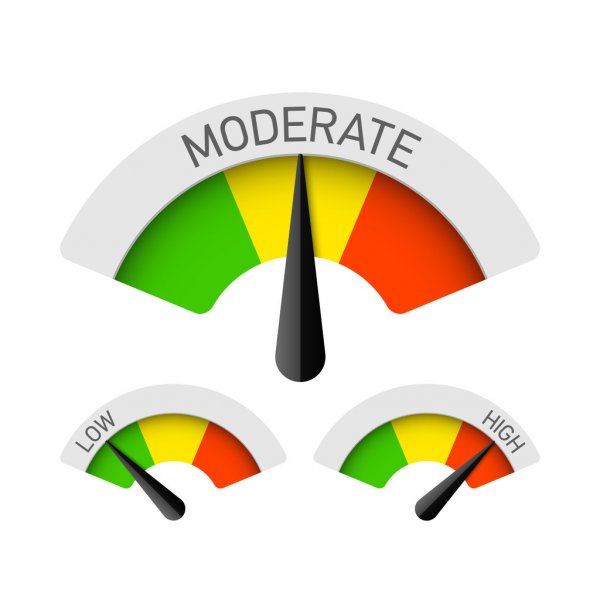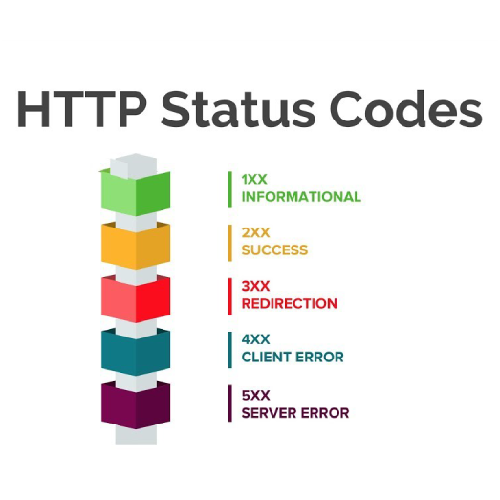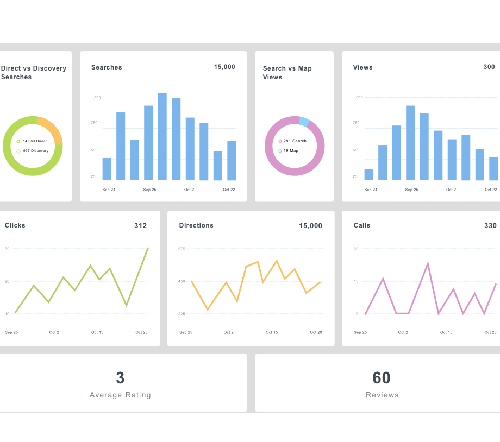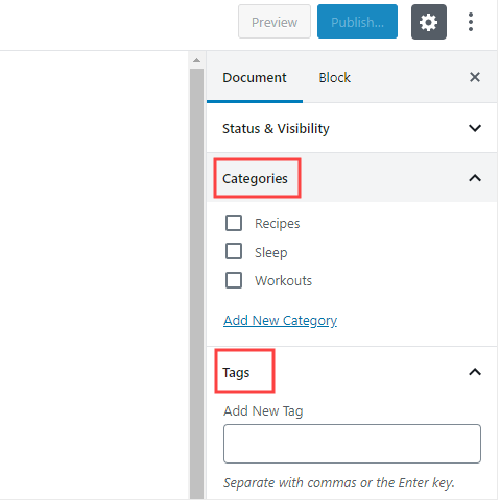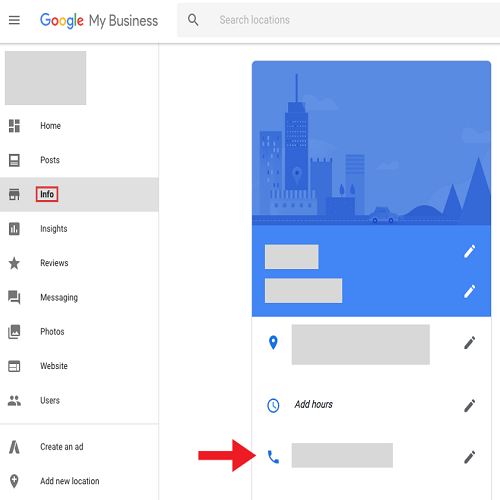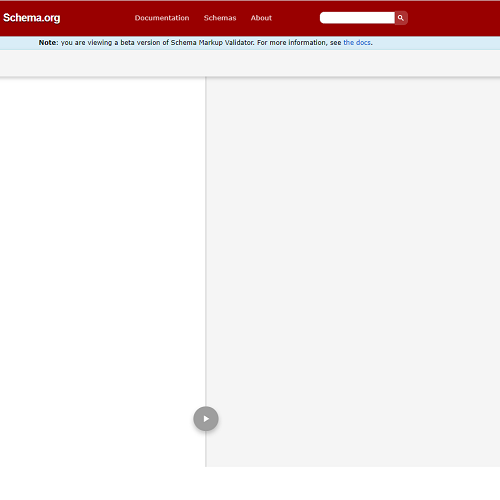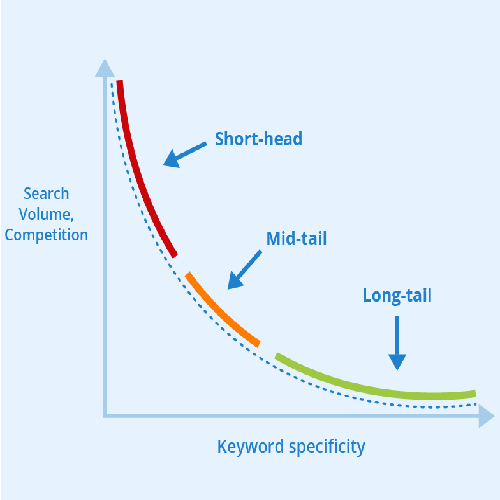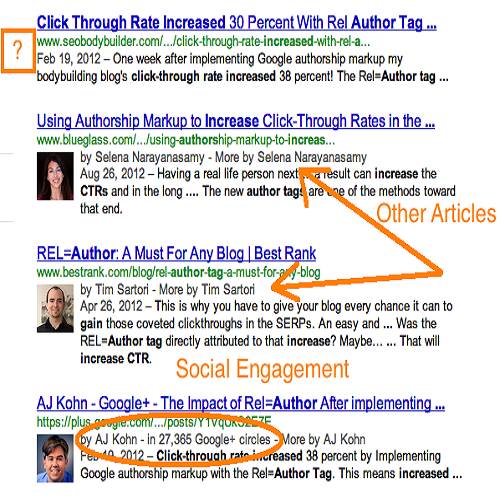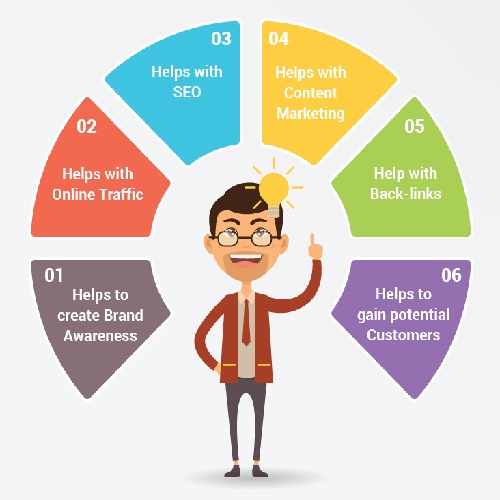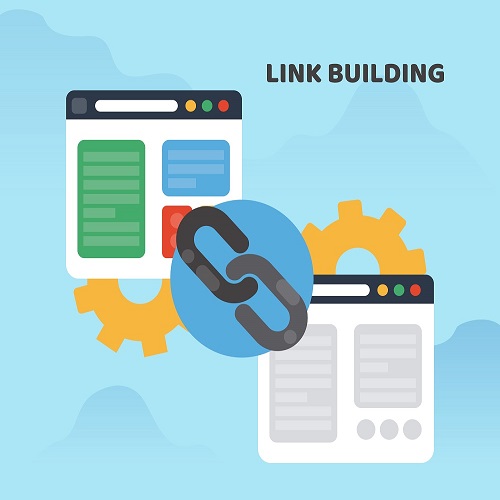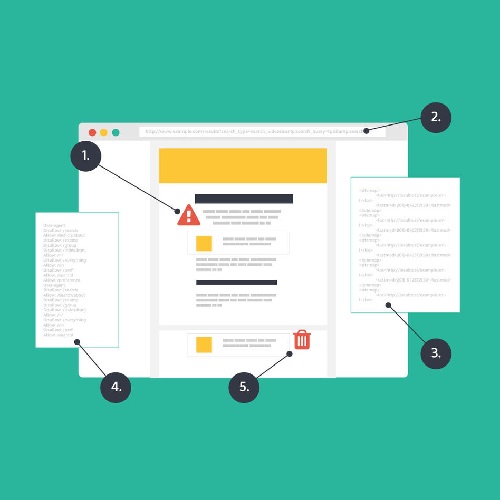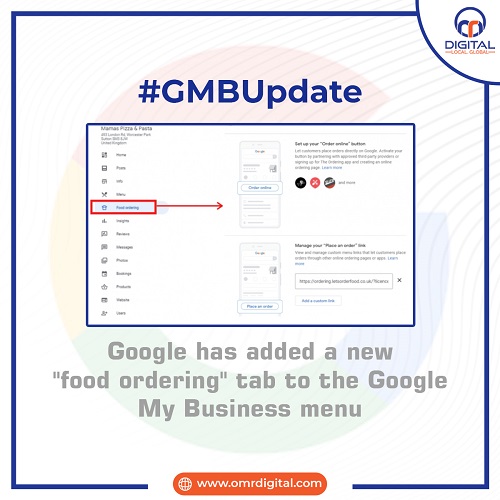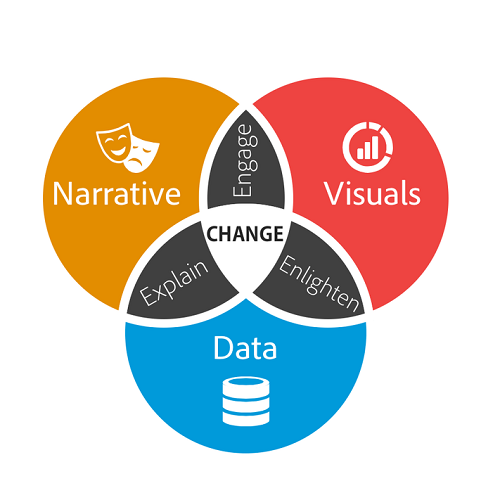
Contact Us
Related Posts
Category
Google receives thousands of search queries every second, so standing out among thousands, or maybe millions, of contents and websites is crucial. Ensure that people find your website and the correct localized version through good on-page SEO practices.
Multilingual websites are the best way to reach customers that you probably wouldn’t reach with just one language. If you have one, then make sure that you are following up-to-date SEO strategies. Multilingual SEO is not only about translation; you also need to focus on how users search and customize your content accordingly.
Google provides best practices for optimizing on-page SEO for multilingual websites. Following these practices, you can generate more organic traffic. Although multilingual SEO can be difficult and time-consuming, it offers a competitive advantage, opens doors to new audiences, and increases organic traffic.
Advanced technical SEO strategies play a crucial role in maximizing the visibility and organic reach of your multilingual website. In this article, we will explore 10 valuable tips to enhance your website’s SEO performance across different languages and regions.
Advanced SEO Strategies for Multilingual Websites
Implement Hreflang Tags Correctly
Hreflang tags, also known as hreflang annotations, are HTML tags that are used to indicate to search engines the language and regional targeting of web pages. They play a crucial role in multilingual and multinational SEO strategies.
These tags help search engines understand which version of a webpage to display in search results based on the user’s language and location. They ensure that users are directed to the most relevant and appropriate version of a website, which enhances the overall user experience.
Hreflang tags are typically added to the <head> section of an HTML document and contain a combination of language codes and optional country or region codes. They specify the language and country/region targeting for each version of a webpage.
Optimize URL Structure for Localization
URL structure plays a vital role in optimizing your multilingual website. Consider using country-specific top-level domains (ccTLDs), subdomains, or subdirectories to indicate language or location targeting. Each approach has its own advantages and implications, so choose the structure that aligns best with your goals and resources. Optimize your URLs with relevant keywords and make them user-friendly for both search engines and visitors.
Create Multilingual Sitemaps
Multilingual sitemaps serve as roadmaps for search engines, helping them discover and index your website’s content. Generate separate sitemaps for each language and region you are targeting.
This ensures that search engines can crawl and index your localized pages accurately. Submit these multilingual sitemaps to search engines and regularly update them as you add or modify content.
Conduct In-Depth Keyword Research
Effective multilingual SEO relies on comprehensive keyword research tailored to each language and region. Avoid the pitfall of direct translations, as they may not be able to capture local search behavior.
Invest time in understanding the specific keywords, search volumes, and user intent in each target language. Leverage keyword research tools and consult native speakers or local experts to identify the most relevant and impactful keywords for your multilingual content.
Localize Content for Cultural Relevance
Localization goes beyond translation; it involves adapting your content to resonate with the cultural preferences and expectations of your target audience. Understand local customs, traditions, and idiomatic expressions to create content that feels native to each region.
Pay attention to localized elements such as dates, measurements, currencies, and imagery. By delivering culturally relevant content, you can enhance user engagement and build trust with your international visitors.
Optimize Metadata for Each Language
In SEO best practices, metadata, including titles, meta descriptions, and alt text, play a crucial role in search engine visibility and click-through rates. Translate and optimize metadata elements for each language, keeping in mind cultural sensitivities and local search behavior.
Craft compelling and concise meta descriptions that motivate users to click on your website. Add relevant keywords to your content without sounding like a robot (make content for your audience first and then search engine crawlers) and ensure that the metadata accurately reflects the content of the respective pages.
Leverage Language-Specific Social Media Profiles
To expand your multilingual website’s reach, establish and maintain language-specific social media profiles. Engage with your audience in their preferred language, share localized content, and encourage social sharing.
This not only enhances your brand’s visibility but also drives traffic to your multilingual website. Customize your social media strategy for each region, taking into account cultural norms, popular platforms, and content preferences.
Enable Language Switching and Clear Navigation
Facilitate a seamless user experience by providing clear language-switching options on your website. Include a language selector prominently, allowing users to switch between languages effortlessly.
Additionally, optimize your navigation menu to guide users to their desired language or region. A user-friendly and intuitive interface encourages visitors to explore your content further, reducing bounce rates and improving overall engagement metrics.
From an SEO perspective, both language switching and clear navigation are important factors. Search engines value user experience and consider it in their ranking algorithms. Websites that provide language options and ensure easy navigation tend to rank better, as they cater to the needs of a diverse audience and offer a positive browsing experience.
Monitor and Analyze Performance
Regular monitoring and analysis of your multilingual website’s performance are crucial to identifying areas for improvement and capitalizing on opportunities.
Utilize web analytics tools to track organic search traffic, keyword rankings, user behavior, and conversions across different languages and regions. Analyze this data to refine your SEO strategies, identify high-performing content, and uncover potential issues that may impact your website’s visibility.
Use Local Hosting
When targeting specific countries or regions, hosting your website on servers located in those areas can positively impact your SEO performance.
Local hosting reduces latency, improves website loading speed, and demonstrates to search engines that your website is genuinely relevant to the targeted location. It’s particularly important for multilingual websites to choose a reliable hosting provider that offers server locations in the regions you are targeting.
Conclusion
Optimizing a multilingual website for search engines requires a combination of technical expertise, cultural understanding, and attention to detail. However, we’ve made your work a bit easier with the given advanced technical SEO techniques.
Still, if you feel the need to have an expert opinion on your website and have professional SEO services for better optimization, we’re just a call away!

Google receives thousands of search queries every second, so standing out among thousands, or maybe millions, of contents and websites is crucial. Ensure that people find your website and the correct localized version through good on-page SEO practices.
Multilingual websites are the best way to reach customers that you probably wouldn’t reach with just one language. If you have one, then make sure that you are following up-to-date SEO strategies. Multilingual SEO is not only about translation; you also need to focus on how users search and customize your content accordingly.
Google provides best practices for optimizing on-page SEO for multilingual websites. Following these practices, you can generate more organic traffic. Although multilingual SEO can be difficult and time-consuming, it offers a competitive advantage, opens doors to new audiences, and increases organic traffic.
Advanced technical SEO strategies play a crucial role in maximizing the visibility and organic reach of your multilingual website. In this article, we will explore 10 valuable tips to enhance your website’s SEO performance across different languages and regions.
Advanced SEO Strategies for Multilingual Websites
Implement Hreflang Tags Correctly
Hreflang tags, also known as hreflang annotations, are HTML tags that are used to indicate to search engines the language and regional targeting of web pages. They play a crucial role in multilingual and multinational SEO strategies.
These tags help search engines understand which version of a webpage to display in search results based on the user’s language and location. They ensure that users are directed to the most relevant and appropriate version of a website, which enhances the overall user experience.
Hreflang tags are typically added to the <head> section of an HTML document and contain a combination of language codes and optional country or region codes. They specify the language and country/region targeting for each version of a webpage.
Optimize URL Structure for Localization
URL structure plays a vital role in optimizing your multilingual website. Consider using country-specific top-level domains (ccTLDs), subdomains, or subdirectories to indicate language or location targeting. Each approach has its own advantages and implications, so choose the structure that aligns best with your goals and resources. Optimize your URLs with relevant keywords and make them user-friendly for both search engines and visitors.
Create Multilingual Sitemaps
Multilingual sitemaps serve as roadmaps for search engines, helping them discover and index your website’s content. Generate separate sitemaps for each language and region you are targeting.
This ensures that search engines can crawl and index your localized pages accurately. Submit these multilingual sitemaps to search engines and regularly update them as you add or modify content.
Conduct In-Depth Keyword Research
Effective multilingual SEO relies on comprehensive keyword research tailored to each language and region. Avoid the pitfall of direct translations, as they may not be able to capture local search behavior.
Invest time in understanding the specific keywords, search volumes, and user intent in each target language. Leverage keyword research tools and consult native speakers or local experts to identify the most relevant and impactful keywords for your multilingual content.
Localize Content for Cultural Relevance
Localization goes beyond translation; it involves adapting your content to resonate with the cultural preferences and expectations of your target audience. Understand local customs, traditions, and idiomatic expressions to create content that feels native to each region.
Pay attention to localized elements such as dates, measurements, currencies, and imagery. By delivering culturally relevant content, you can enhance user engagement and build trust with your international visitors.
Optimize Metadata for Each Language
In SEO best practices, metadata, including titles, meta descriptions, and alt text, play a crucial role in search engine visibility and click-through rates. Translate and optimize metadata elements for each language, keeping in mind cultural sensitivities and local search behavior.
Craft compelling and concise meta descriptions that motivate users to click on your website. Add relevant keywords to your content without sounding like a robot (make content for your audience first and then search engine crawlers) and ensure that the metadata accurately reflects the content of the respective pages.
Leverage Language-Specific Social Media Profiles
To expand your multilingual website’s reach, establish and maintain language-specific social media profiles. Engage with your audience in their preferred language, share localized content, and encourage social sharing.
This not only enhances your brand’s visibility but also drives traffic to your multilingual website. Customize your social media strategy for each region, taking into account cultural norms, popular platforms, and content preferences.
Enable Language Switching and Clear Navigation
Facilitate a seamless user experience by providing clear language-switching options on your website. Include a language selector prominently, allowing users to switch between languages effortlessly.
Additionally, optimize your navigation menu to guide users to their desired language or region. A user-friendly and intuitive interface encourages visitors to explore your content further, reducing bounce rates and improving overall engagement metrics.
From an SEO perspective, both language switching and clear navigation are important factors. Search engines value user experience and consider it in their ranking algorithms. Websites that provide language options and ensure easy navigation tend to rank better, as they cater to the needs of a diverse audience and offer a positive browsing experience.
Monitor and Analyze Performance
Regular monitoring and analysis of your multilingual website’s performance are crucial to identifying areas for improvement and capitalizing on opportunities.
Utilize web analytics tools to track organic search traffic, keyword rankings, user behavior, and conversions across different languages and regions. Analyze this data to refine your SEO strategies, identify high-performing content, and uncover potential issues that may impact your website’s visibility.
Use Local Hosting
When targeting specific countries or regions, hosting your website on servers located in those areas can positively impact your SEO performance.
Local hosting reduces latency, improves website loading speed, and demonstrates to search engines that your website is genuinely relevant to the targeted location. It’s particularly important for multilingual websites to choose a reliable hosting provider that offers server locations in the regions you are targeting.
Conclusion
Optimizing a multilingual website for search engines requires a combination of technical expertise, cultural understanding, and attention to detail. However, we’ve made your work a bit easier with the given advanced technical SEO techniques.
Still, if you feel the need to have an expert opinion on your website and have professional SEO services for better optimization, we’re just a call away!
















